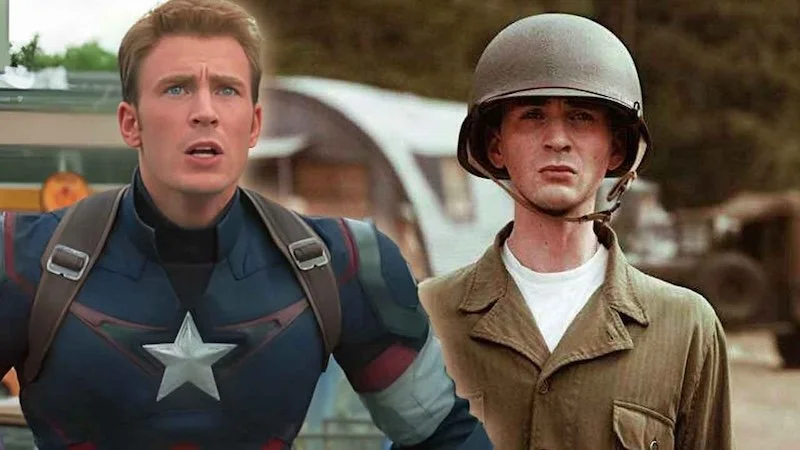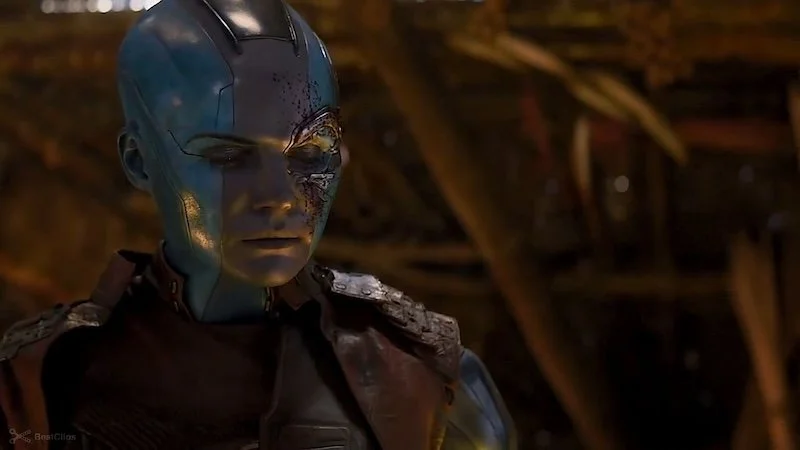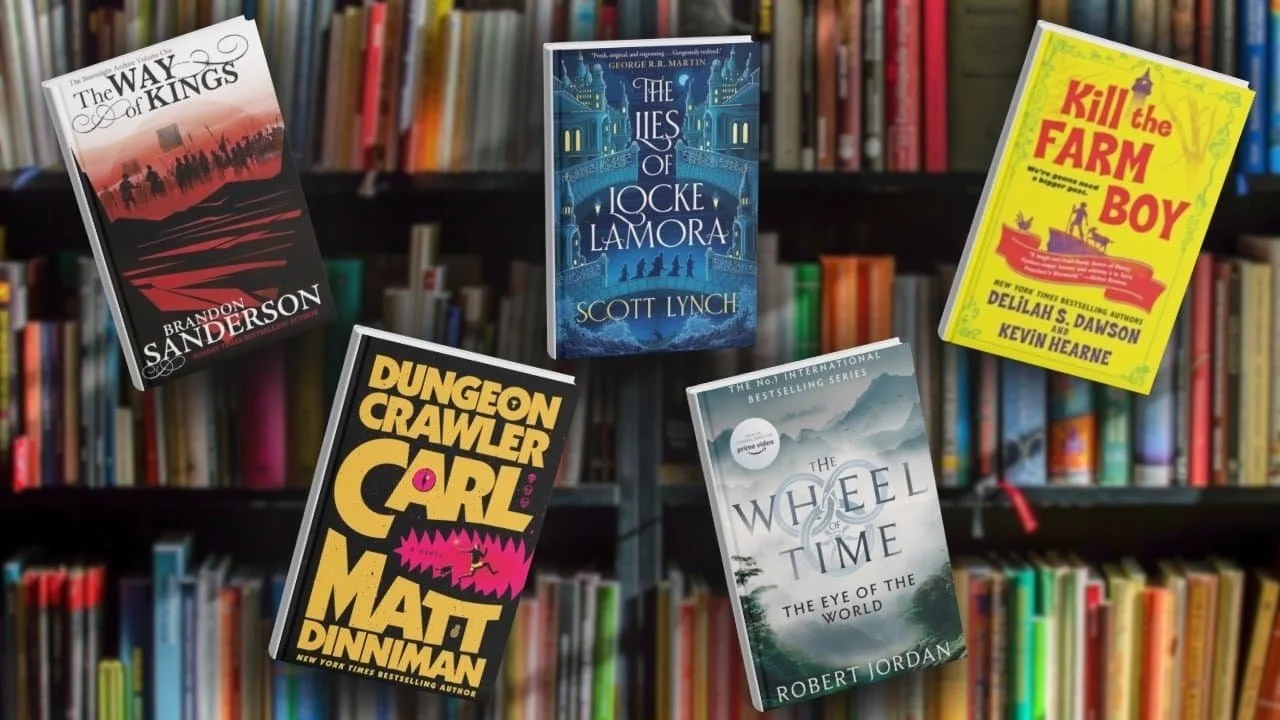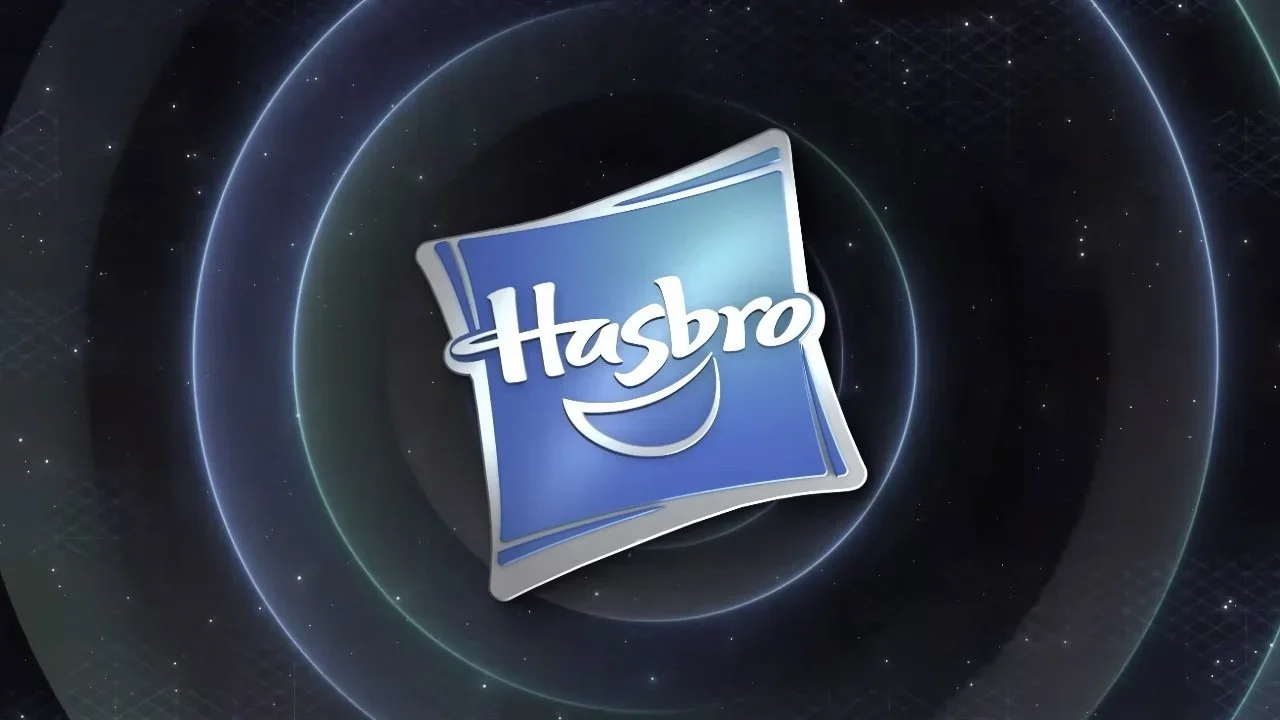How Effectively Has The MCU Depicted People With Disabilities?
Image Source: JoBlo
How effectively has the MCU depicted people with disabilities? Pretty well, one could say.
The MCU has never been a stranger to portraying characters with disabilities. Throughout (currently) 33 movies, two dozen TV series, fifteen short films, and 3 digital series, Marvel has given us a whole host of characters. Many of these characters live with disabilities. For example:
Tony Stark (Iron Man): PTSD, anxiety disorders/panic attacks, recovering alcoholic, heart problems.
Steve Rogers (Captain America): high blood pressure, rheumatic fever, PTSD.
Doctor Strange: Severe nerve damage from a car accident, possible PTSD-like issues.
Bucky Barnes (Winter Soldier): PTSD, prosthetic arm.
Matt Murdock (Daredevil): Total blindness.
Frank Castle (Punisher): Many psychiatric disorders (undiagnosed).
Bruce Banner (Hulk): Anger management issues.
James Rhodes (War Machine): Paralysis.
As well as many, many more.
Image Source: FandomWire
According to the CDC, a disability “is any condition of the body or mind (impairment) that makes it more difficult for the person with the condition to do certain activities (activity limitation) and interact with the world around them (participation restrictions).” According to the WHO, a disability has three dimensions:
Impairment in a person’s body structure or function, or mental functioning; examples of impairments include loss of a limb, loss of vision, or memory loss.
Activity limitations, such as difficulty seeing, hearing, walking, or problem-solving.
Participation restrictions in normal daily activities, such as working, engaging in social and recreational activities, and obtaining health care and preventive services.
Now, representation in the MCU has by no means been perfect. Early on in the universe, disabilities were shown as something to be overcome. For example, Steve Rogers’ issues are seen to be “overcome” via the Super Soldier Serum. Likewise, Tony Stark’s disabilities have been both explained and villainized, with the end of Iron Man 3 seeming to show that disabilities and being a superhero don’t go together. Even later on, Stephen Strange’s ego compels him to try and seek a “cure” or solution to his limitations.
Over the years, though, things have gotten a whole lot better. Characters like Daredevil, the Hulk, War Machine, and the Punisher have been shown to be able to successfully compensate for their disabilities using other abilities, overcoming their limitations, or integrating them into being part of the driving force behind their missions.
One of the best examples of this, IMO, is Nebula. She has been forced to deal with constant abuse and modifications, and the resulting mental and physical problems. Her story and journey are incredibly complex, compelling, and redeeming in the end.
Image Source: GeekCulture
On a personal note- I myself am on the autism spectrum. People with “invisible” disabilities like mine sometimes feel like they have it particularly hard because we feel like we constantly have to “prove” that we’re disabled. So when you have neurodiverse characters like Drax, Ms. Marvel, and Luis, we feel seen. There are also many other characters who come off as neurodivergent, increasing our sense of acceptance. Furthermore, Marvel actors like Mark Ruffalo and Tom Holland have spoken about their own neurodivergence. This gives us an important link, connecting both fantasy and reality.
In general, having disability representation in such an important franchise is an important resource. It will allow people to connect with others, gain confidence, and allow them to share more of who they are.
Whether for good ends or bad, the MCU has certainly shown one thing successfully- disabilities are an inevitable part of life, they aren’t going away, and we’re going to have to live with them, no matter what the outcome.
READ NEXT:
Source(s): cdc.gov, cjds.uwaterloo.ca, reddit, cbr, duo.uio.no, Tumblr, uncannymagazine















